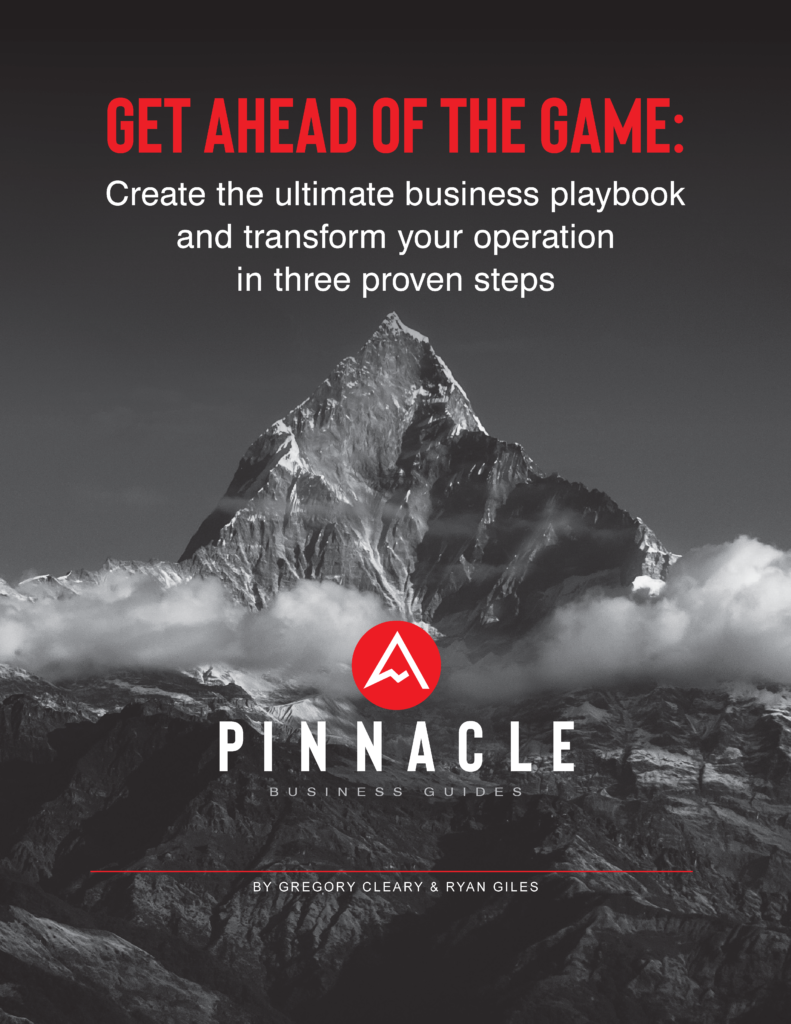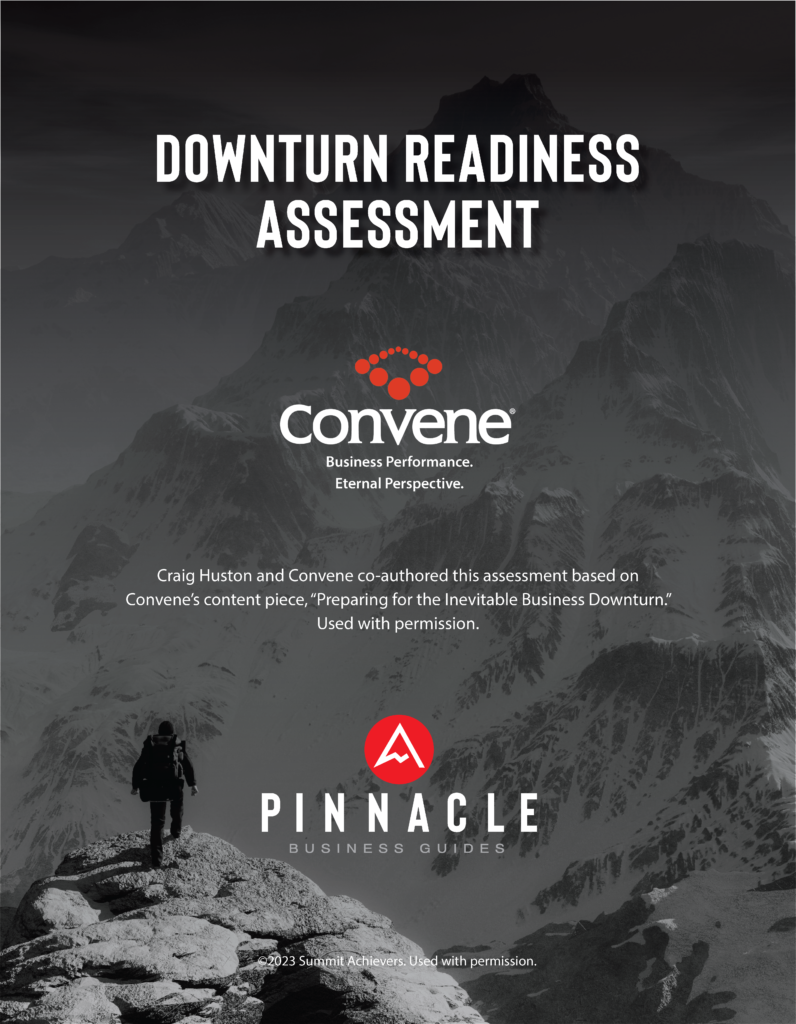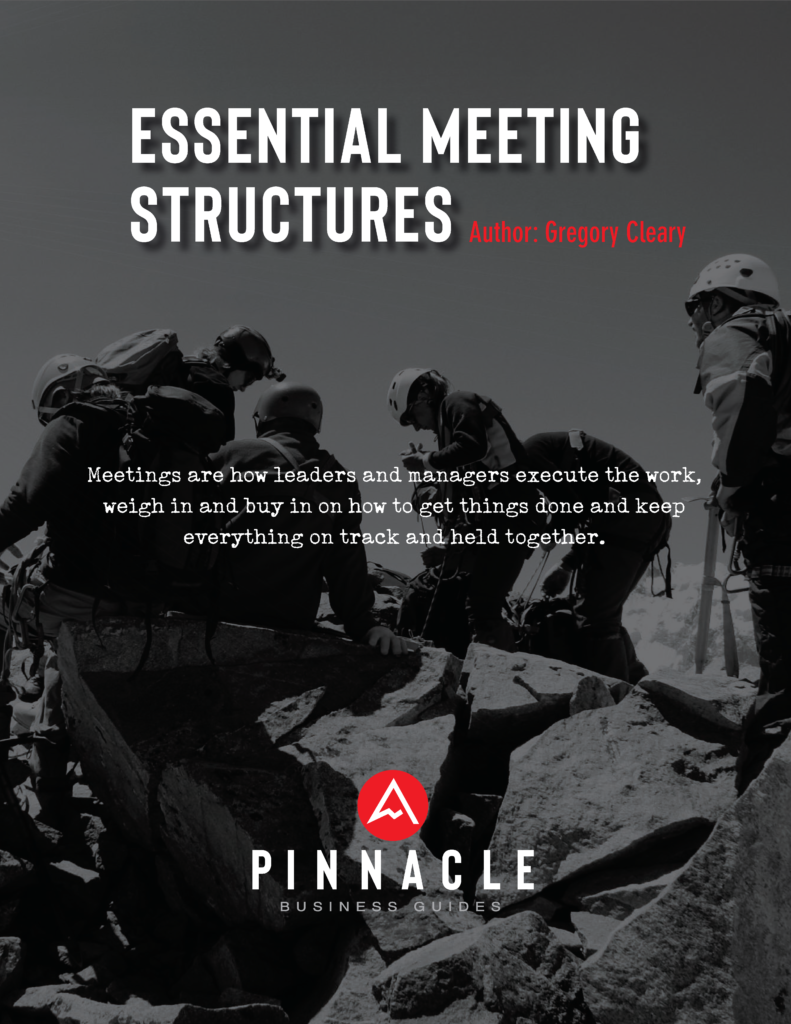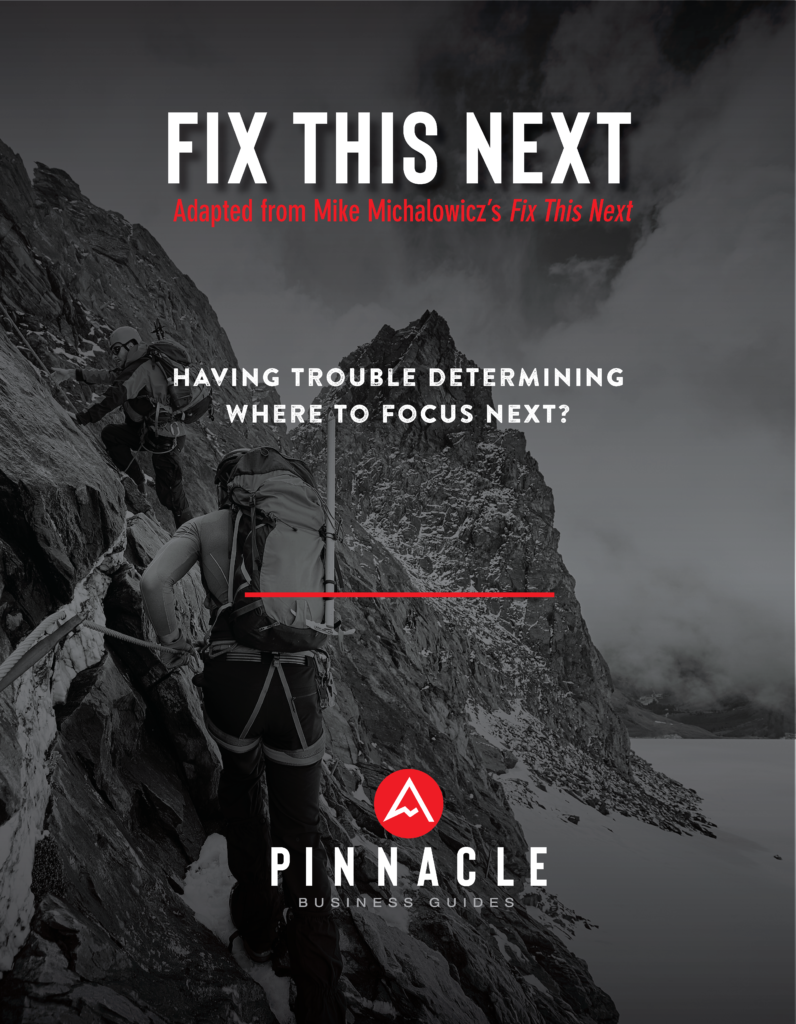PERFORMANCE TOOLS
Performance tools measure, improve and optimize employee and company performance. Clearly defined targets are monitored and performance gaps are identified. Regular feedback and assessments reinforce strengths and address weaknesses. Employees are motivated to increase their productivity and achieve targets. At an organizational level, the tools improve processes and increase efficiency, which improves competitiveness and business results.
- BY PINNACLE

AHEAD OF THE GAME
Create your ultimate business playbook in three proven steps: Identify critical processes, document them in detail and ensure consistent implementation within the team. This increases efficiency and promotes business growth.

DOWNTURN READYNESS ASSESSMENT
The “Downturn Readiness Assessment” helps companies to prepare for economic downturns. It evaluates seven key areas and offers measures for rapid recovery and long-term success.increases efficiency and promotes company growth.

ESSENTIAL MEETING STRUCTURES
Gregory Cleary emphasizes the importance of well-structured meetings for effective leadership. He recommends different types of meetings, from daily stand-ups to monthly financial reviews, to align teams and keep projects on track.

FIX THIS NEXT
The “Fix This Next” tool identifies your most pressing business needs. It uses a hierarchy of needs to effectively support your team in prioritizing and solving core problems.

THE BRUTAL FACTS
The Brutal Facts concept helps leadership teams identify and address tough business realities while maintaining a belief in long-term success. A six-step process provides guidance.
- BY ANTARIUS
ALPEN
The ALPEN method is a simple time management tool that helps you plan your working day effectively. It comprises five steps: List tasks, estimate task length, schedule buffer time, make decisions and follow up. Particularly useful in a university context.
TROMMEL, PUFFER, SEIL
- Identify and optimize bottlenecks.
- Increase production efficiency.
- Shorten delivery times.
- Reduce stocks.
- Improve responsiveness to market changes.
- Optimal use of resources.
DECIDE
The “DECIDE” guide provides you with structured questions that facilitate decision-making, encourage self-reflection and allow you to review decisions made in order to support continuous learning and personal growth.
PARETO
The Pareto principle helps you to prioritize and use resources efficiently. By focusing on the critical 20% that deliver 80% of the results, you maximize your productivity and save time, money and energy.

